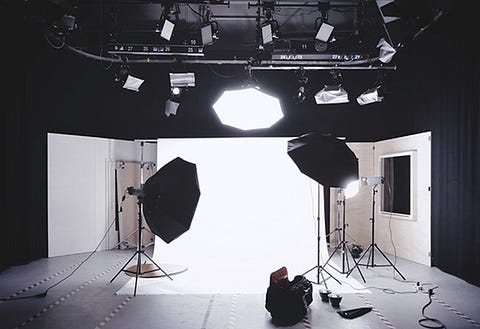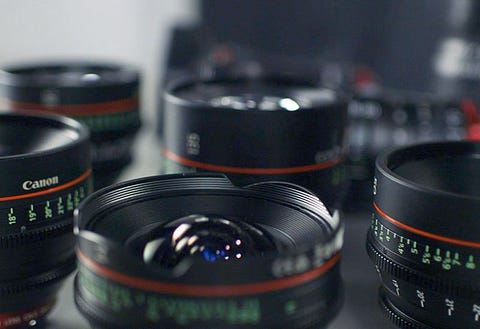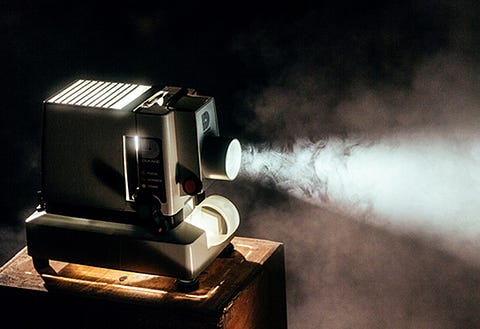
In the world of photography and videography, a lens is what defines the quality of your picture. Without a good lens, your camera will not be able to achieve its full potential. The camera lenses are usually more expensive than the camera itself and thus investing in multiple lenses could become a challenge for many. One needs to understand the types of lenses and their use to decide what works best for them and invest accordingly.
There are two basic categories of Camera Lenses — Prime Lenses and Zoom Lenses. Prime Lenses have a fixed focal length and offer a sharp picture quality. They are usually lightweight, making them easy to carry. On the other hand, Zoom Lenses have variable focal lengths and allow the user to zoom in and out of a picture or video and capture the object in different lengths. Zoom Lenses are more flexible but often bulky and heavy in size and weight.Within Prime and Zoom Lenses, there are diverse types of lenses based on their focal lengths and this understanding is what can help a filmmaker decide the kind of lens required for them.
Standard Lens-
Recommended for street and travel photography and videos, the images in a Standard Lens are close to reality and click images as we would see them in real. The standard lens is the most basic and allows a photographer to click pictures in a proportion that is similar to what the human eye sees. The focal lengths of these lenses are usually between 35mm and 85mm. A zoom lens within this range has a small focal length at the bottom end to take a wider angle, a full-frame photo, and a large focal length at the top end to zoom in on the subjects.
Telephoto Lens-
Ideal for sports and wildlife photography, Telephoto Lenses have multiple focal points and allow capturing objects at a distance but with a sharp focus. They enable a photographer or videographer to isolate their subject from the background. Thus, it gives a picture-perfect foreground with the focus on your subject while everything else behind becomes blur.
Wide Angle Lens-
Perfect for capturing landscapes and scenic views, when you want to fit a larger area into your frame the wide -angle lens is your go-to choice. Almost everything that is in the frame becomes part of your picture and there is no special focus on a particular object.
Macro Lens-
The reason we know what a crocodile’s skin looks like, or how many wings a fly has, is all thanks to macro lenses. Made to capture details with extreme precision, these lenses are used for taking close-up shots.
Specialty Lenses-
Some lenses are used for giving an image or a video a unique look. Some of the most used specialty lenses include a Fisheye lens, Infrared lens and Tilt-shift lens. For some interesting behind-the-scenes shots or to get creative with distorted pictures and videos, a Fisheye lens has found a wide audience in those who like to experiment with their photography and videography. It is commonly used in music videos and cityscape content creation. The Fisheye lens is an ultra-wide lens that can take the entire 180-degree radius of a frame. It deliberately distorts lines and gives a more convex and bubble-like appearance to an image or video. To obtain false-colour or black-and-white images with a dreamlike or lurid appearance known as the “Wood Effect,” an effect mainly caused by foliage (such as tree leaves and grass) or to get very dark skies and penetrated atmospheric haze, the Infrared lens is commonly used. The Infrared lens is a special kind of lens that plays with light and catches the infrared light that is otherwise impossible for the human eye to see. It filters out all other lights and using just the infrared light creates a unique visual appeal that is on the darker side or uses single tone colours when used with other filters. Used for architecture, landscape and miniature photography, the Tilt-shift lens helps making the subject appear smaller than its actual size and dimensions. They allow a remarkable control on the perspective and with a combination of tilting and shifting, the biggest of the buildings or roads fit in the frame, thus appearing smaller than their original size. Based on what all you wish to achieve with your photos and videos, you can select from these lenses and watch as your content gets enhanced to great heights.
Reference Links:
www.nfi.edu/foley-artist
www.sound-ideas.com/Page/what-is-foley
www.studiobinder.com/blog/what-is-a-foley-artist
www.nfi.edu/foley-artist
www.sound-ideas.com/Page/what-is-foley
www.studiobinder.com/blog/what-is-a-foley-artist

